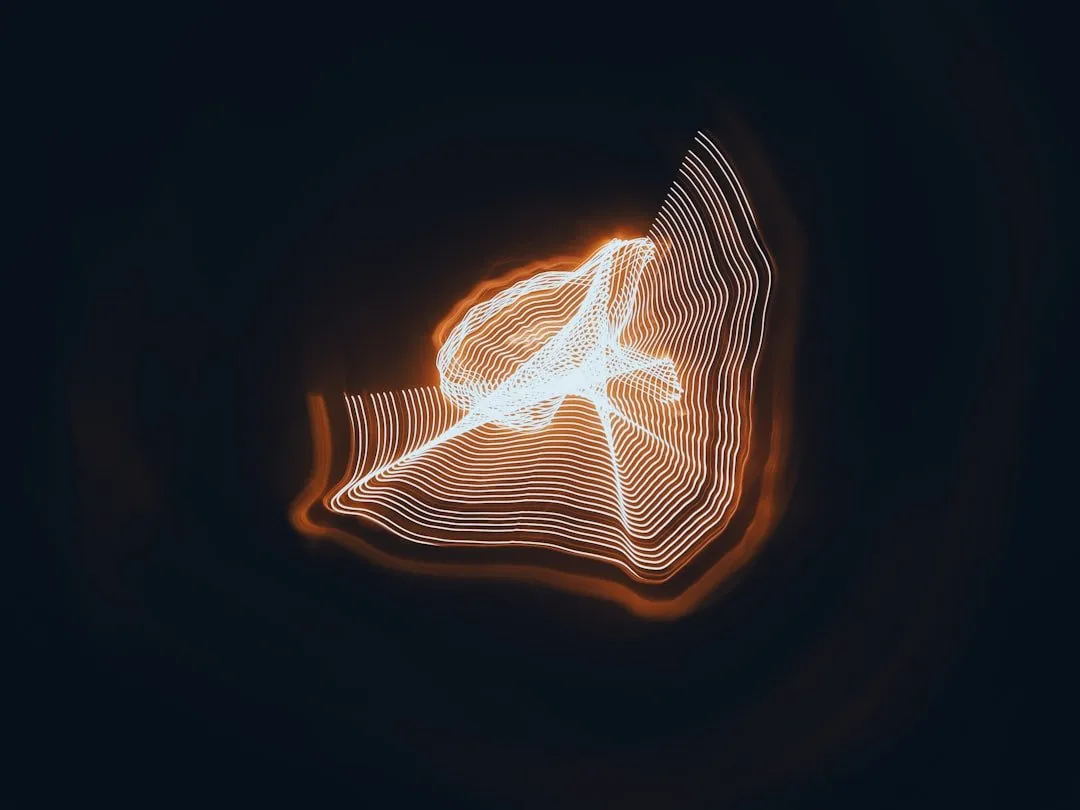Red Bali and Maeng Da Kratom strains offer unique recovery benefits. Red Bali, rich in 7-Hydroxymitragynine, calms muscle soreness post-workout, ideal for relaxation after intense sessions. Maeng Da, with higher mitragynine levels, boosts energy and focus during training or severe fatigue recovery. Choosing between these strains depends on individual fitness goals and desired recovery outcomes, making kratom an effective addition to post-workout routines. Compare Red Bali vs Maeng Da for optimal recovery strategies.
“Unleash your fitness potential with a unique approach to post-workout recovery – Kratom. This ancient herb has gained popularity among athletes for its potential benefits. In this article, we explore the world of Red Bali and Maeng Da Kratom, delving into their distinct properties and effects. Learn how these powerful strains can be incorporated into your training regimen to enhance recovery, reduce muscle soreness, and improve overall performance. Discover the advantages of Red Bali vs Maeng Da, making informed choices for optimal fitness.”
- Understanding Red Bali and Maeng Da Kratom: Properties and Effects
- Incorporating Kratom into Post-Workout Recovery Strategies
- Comparing Red Bali vs Maeng Da for Optimal Training Recovery
Understanding Red Bali and Maeng Da Kratom: Properties and Effects

Red Bali and Maeng Da Kratom are two popular strains known for their distinct properties and effects, making them valuable additions to any recovery arsenal. Red Bali is renowned for its calming and relaxing attributes, derived from higher levels of 7-Hydroxymitragynine (7-HM), a potent alkaloid with sedative properties. This strain is often preferred during post-workout or post-injury recovery sessions due to its ability to reduce muscle soreness and promote mental relaxation without causing drowsiness.
In contrast, Maeng Da Kratom stands out for its invigorating and energizing effects, thanks to higher mitragynine (MGN) levels. This strain is popular among individuals seeking a boost in focus, motivation, and physical endurance during intense training regimens or when recovering from severe fatigue. The stimulating properties of Maeng Da can aid in accelerating recovery by increasing blood flow, reducing inflammation, and enhancing overall well-being. Understanding the unique profiles of Red Bali vs Maeng Da Kratom is crucial for individuals looking to optimize their recovery strategies, tailoring their approach based on specific needs and desired outcomes.
Incorporating Kratom into Post-Workout Recovery Strategies

Kratom, a natural herb known for its diverse medicinal properties, can be a valuable addition to post-workout recovery strategies. For athletes and fitness enthusiasts looking to optimize their recovery process, kratom offers a unique blend of compounds that target various aspects of muscle repair and relaxation. Red Bali and Maeng Da, two popular strains, differ in their effects, making them suitable for specific recovery needs.
Red Bali is renowned for its calming and pain-relieving properties, ideal for reducing post-workout soreness and promoting rest. Its gentle yet effective analgesic effects can aid in recovering from intense exercises. On the other hand, Maeng Da kratom stands out for its potent energy-boosting capabilities, which can accelerate recovery by enhancing circulation and oxygenation of working muscles. This strain is perfect for individuals seeking a faster return to their next training session while maintaining a balanced recovery process.
Comparing Red Bali vs Maeng Da for Optimal Training Recovery

When it comes to training recovery, kratom enthusiasts often turn to different strains for their unique properties. Two popular choices are Red Bali and Maeng Da, each offering distinct benefits. Red Bali is known for its calming effects, derived from higher levels of 7-Hydroxymitragynine (7-HMG), a potent alkaloid with anti-inflammatory properties. This makes it ideal for post-workout recovery, helping to reduce muscle soreness and promote relaxation. On the other hand, Maeng Da stands out for its energetic and invigorating effects, attributed to higher mitragynine content and a unique blend of other alkaloids. It can enhance focus and motivation during training while also aiding in faster post-workout recovery by reducing fatigue and speeding up muscle repair.
Comparing these two strains, Red Bali excels in promoting deep relaxation and pain relief, making it an excellent choice for those focusing on strength training or high-intensity workouts that leave them exhausted. Maeng Da, with its energizing properties, is better suited for individuals engaging in cardio or HIIT sessions, providing the drive and focus needed to push through intense training while also ensuring faster recovery. The choice between Red Bali and Maeng Da ultimately depends on individual preferences and specific training goals.
Kratom, particularly its varieties Red Bali and Maeng Da, offers a natural approach to enhance post-workout recovery. Understanding their unique properties and effects allows athletes to make informed decisions when incorporating them into their strategies. In this comparison, we’ve highlighted the distinctions between Red Bali vs Maeng Da for optimal training recovery, emphasizing their potential benefits in reducing muscle soreness and speeding up rest periods. Whether you prefer the calming effects of Red Bali or the more potent pain-relieving properties of Maeng Da, integrating kratom into your recovery routine could be a game-changer for your fitness journey.














